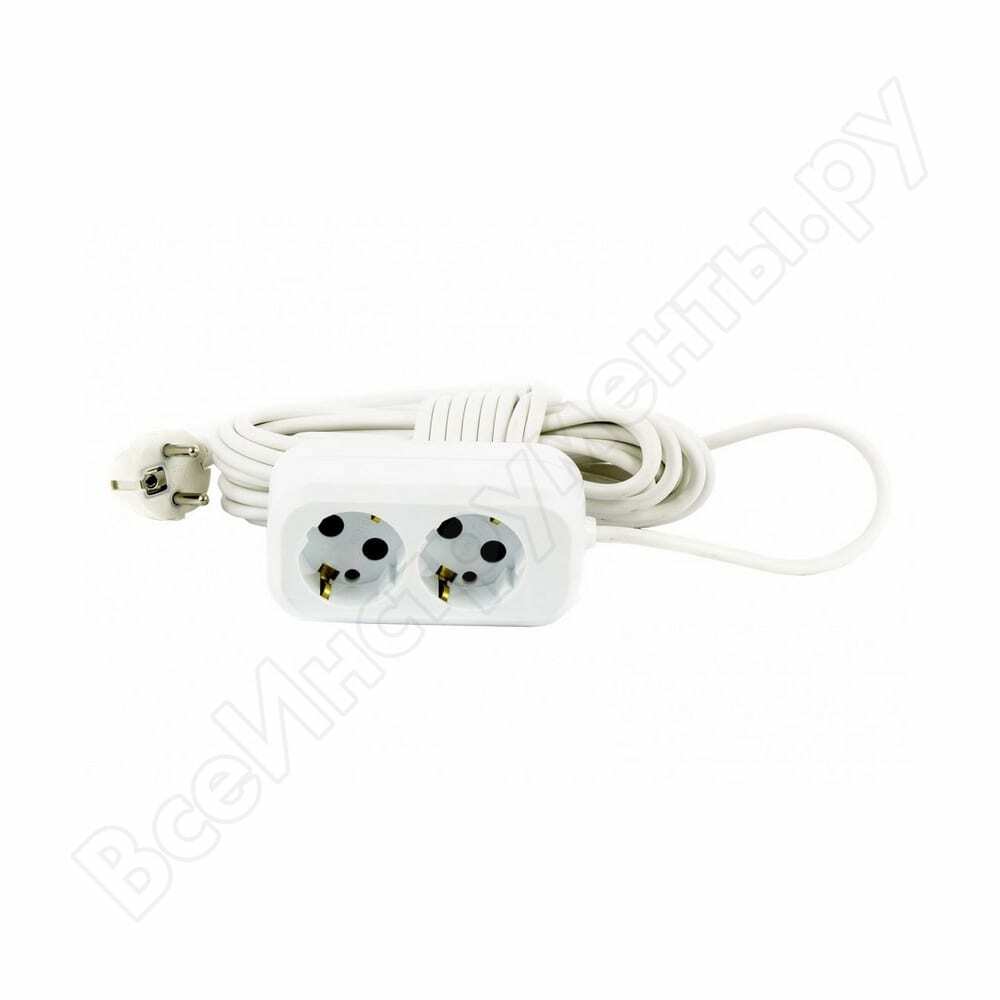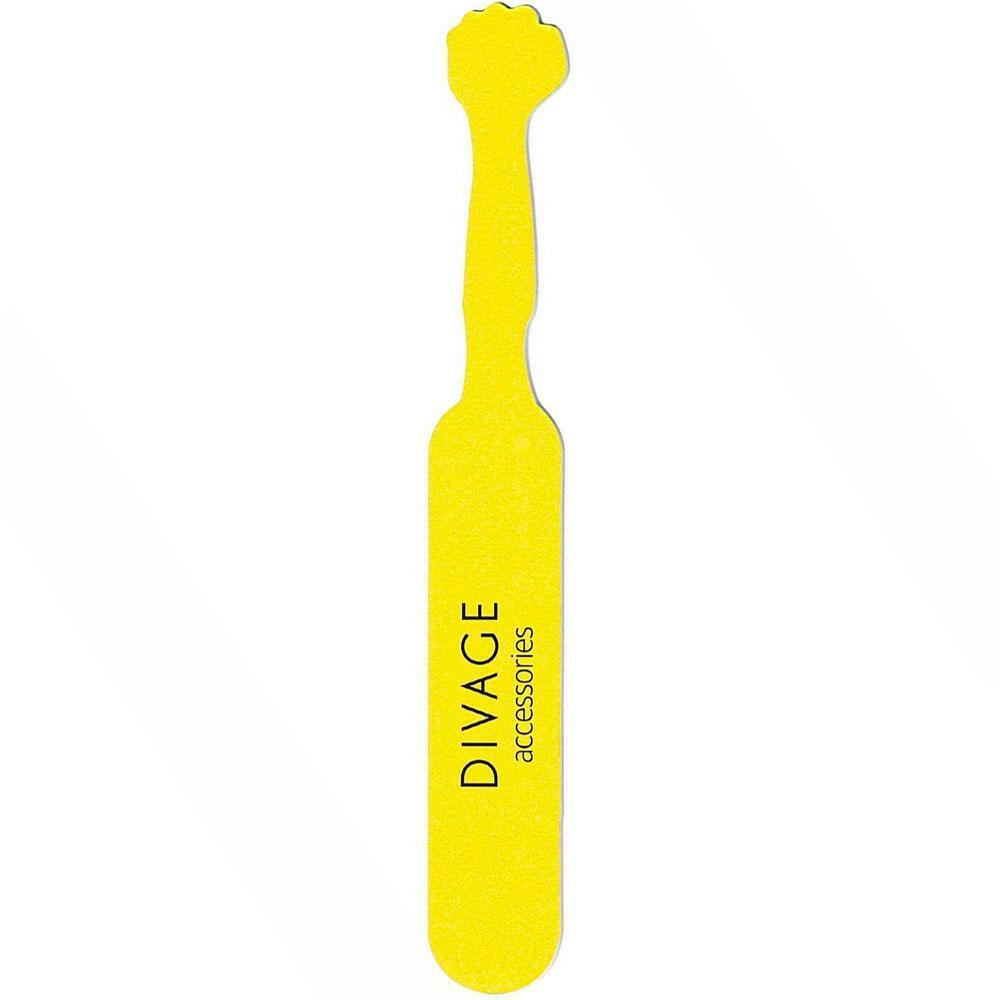Compressor represents a device designed to supply gas or air under pressure. It was first used in the middle of the 19th century.
According to the principle of operation, as well as the basic design features, it is possible to distinguish axial, jet, rotary, centrifugal and reciprocating compressors. They can also be divided by the type of compressible gas, created pressure, productivity and other characteristics. Compressors are characterized by speeds n and power consumption N.
Contents:
- 1. Reciprocating compressor.
- 2. Centrifugal compressor.
- 3. Rotary compressor.
- 4. The jet compressor.
- 5. Axial compressor.
1. Reciprocating compressor.
 Its base is the working cylinder and piston. The cylinder has a suction and discharge valves located in the cylinder head. Most piston compressors contain a crank-crank mechanism with a crankshaft attached to it. They can have a vertical, horizontal, one - and multi-cylinder, V -, W - or other arrangement of cylinders, single or double acting, multi-stage or single-stage compression.
Its base is the working cylinder and piston. The cylinder has a suction and discharge valves located in the cylinder head. Most piston compressors contain a crank-crank mechanism with a crankshaft attached to it. They can have a vertical, horizontal, one - and multi-cylinder, V -, W - or other arrangement of cylinders, single or double acting, multi-stage or single-stage compression.
2. Centrifugal compressor.
 The basis of the centrifugal compressor is the rotor and housing. The rotor has a shaft with symmetrically arranged impellers. The six-stage centrifugal compressor consists of 3 sections. It is equipped with intermediate refrigerators, the gas from them is sent to the canals. When the equipment is started, particles of gas located between the blades of the wheel, under the influence of centrifugal forces, rotation is transmitted. Under the action of these forces, the gas goes from the axis of the compressor toward the periphery of the impeller, acquiring speed. The velocity of the gas decreases in the annular diffuser, as a result compression continues, in other words, the kinetic energy is converted into a potential one. Then the gas passes through the reverse guiding channels to the next stage of the compressor and further.
The basis of the centrifugal compressor is the rotor and housing. The rotor has a shaft with symmetrically arranged impellers. The six-stage centrifugal compressor consists of 3 sections. It is equipped with intermediate refrigerators, the gas from them is sent to the canals. When the equipment is started, particles of gas located between the blades of the wheel, under the influence of centrifugal forces, rotation is transmitted. Under the action of these forces, the gas goes from the axis of the compressor toward the periphery of the impeller, acquiring speed. The velocity of the gas decreases in the annular diffuser, as a result compression continues, in other words, the kinetic energy is converted into a potential one. Then the gas passes through the reverse guiding channels to the next stage of the compressor and further.
3. Rotary compressor.
 In most cases, rotary compressors have several or one rotor, which can have a variety of designs. Widely distributed rotary plate compressors, with grooves in the rotor, they freely include plates. The rotor is eccentrically located in the cylinder of the housing. The space on the left side of the compressor, when rotating clockwise due to the restriction of the plates and cylinders of the housing, the surfaces of the rotor, will increase, which ensures that the gas is sucked through the hole. In turn, the volumes of spaces on the right side decrease, and the gas in them contracts, after which it is transferred from the installation to the discharge pipeline. The compressor is cooled by water, pipes and pipes are provided for its wire and drain.
In most cases, rotary compressors have several or one rotor, which can have a variety of designs. Widely distributed rotary plate compressors, with grooves in the rotor, they freely include plates. The rotor is eccentrically located in the cylinder of the housing. The space on the left side of the compressor, when rotating clockwise due to the restriction of the plates and cylinders of the housing, the surfaces of the rotor, will increase, which ensures that the gas is sucked through the hole. In turn, the volumes of spaces on the right side decrease, and the gas in them contracts, after which it is transferred from the installation to the discharge pipeline. The compressor is cooled by water, pipes and pipes are provided for its wire and drain.
4. Jet compressor.
 It is similar in device and action to a jet pump. These include jet devices for suctioning or injecting vapor-gas mixtures or gas. Jet compressors have a high compression ratio. Water vapor is often used as a working medium.
It is similar in device and action to a jet pump. These include jet devices for suctioning or injecting vapor-gas mixtures or gas. Jet compressors have a high compression ratio. Water vapor is often used as a working medium.
5. Axial compressor.
 This direct drive compressor has a rotor consisting of several blades of working blades. These rows are located on the inner wall. During operation of the axial compressor, the working blades impart force to the particles therein, as a result of which they compress, move parallel to the axis of the compressor and rotate. The grid facilitates a change in the direction of the gas velocity, so that the next stage operates most efficiently.
This direct drive compressor has a rotor consisting of several blades of working blades. These rows are located on the inner wall. During operation of the axial compressor, the working blades impart force to the particles therein, as a result of which they compress, move parallel to the axis of the compressor and rotate. The grid facilitates a change in the direction of the gas velocity, so that the next stage operates most efficiently.


